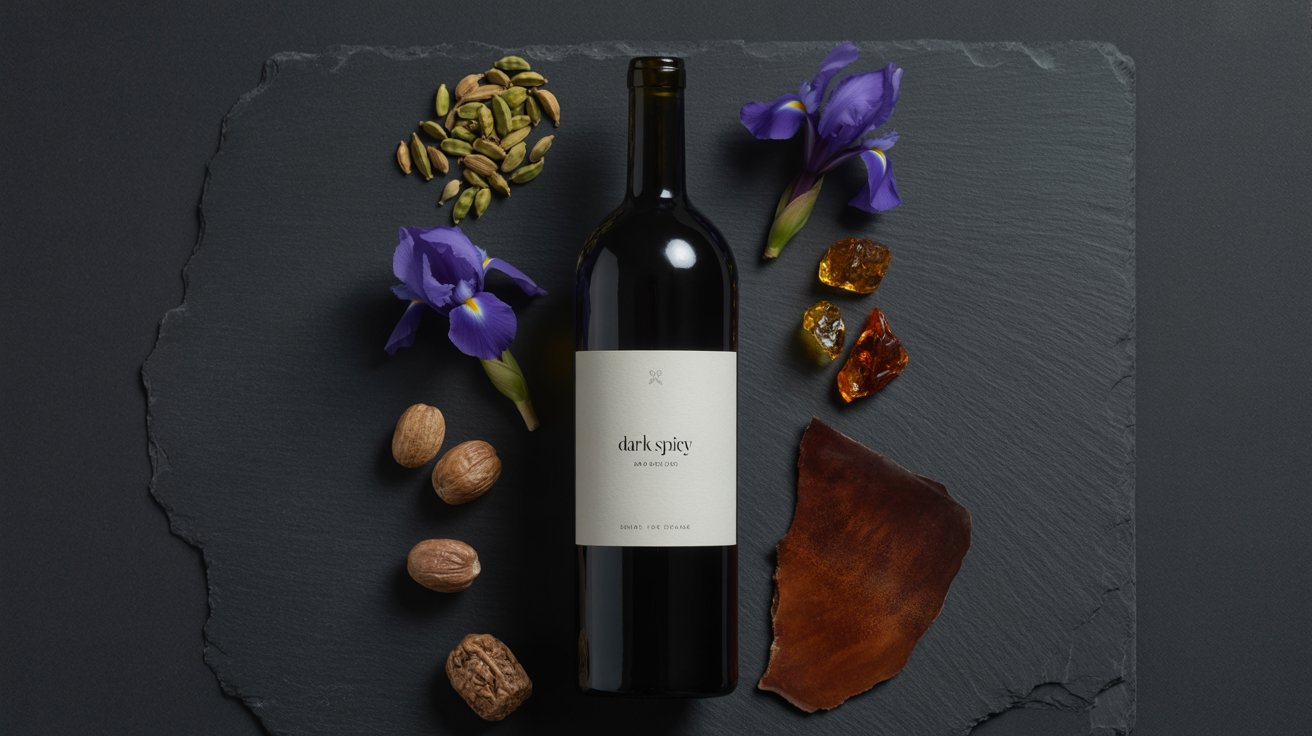By Gergana Nikolova
Wine degustation is an art, a science, and, sometimes, a full-blown linguistic circus. As a sommelier, I’ve swirled, sniffed, and sipped my way through some truly divine vintages—and some wines that could only be described as… perplexing. Wine language is notoriously poetic, but occasionally it veers straight into the bizarre. Here are ten of the strangest, yet absolutely real, wine descriptions I’ve encountered (and used!) in my career.
Cat Pee
Yes, you read that correctly. “Cat pee” has haunted the pages of wine degustation notes for years—and no, it’s not a prank. It’s a genuine descriptor, particularly associated with Sauvignon Blanc from the Loire Valley. That pungent, ammonia-like tang? That’s what sommeliers call “funky elegance.” Some say it indicates high quality. Others say it’s a hard pass. Personally? I’m in the “please-don’t” camp.

Racy
Forget lingerie ads—when I say a wine is racy, I mean it hits your palate like a lightning bolt. Think of a lean, zesty white packed with bright acidity—something that practically somersaults across your tongue. It’s nervy, it’s bracing, and it’s brilliant with seafood. Racy wines are the extroverts of the wine world, constantly craving attention.

Tight
No, not like your stingy uncle or your favorite pair of skinny jeans. A “tight” wine is one that’s closed off, hiding its best self. It’s usually too young, tannic, or unbalanced. What it needs is time, or a good swirl in a decanter to loosen up—kind of like me before coffee.
Gasoline
This one always raises eyebrows. But once you’ve sniffed a mature Riesling from the Mosel Valley, you’ll never forget the petrol note. It’s oddly intoxicating (pun intended), and yes, many connoisseurs actually seek it out. Don’t worry—no actual fuel was involved in the fermentation process.
Pretty
“Pretty” might sound vague, but in wine, it means floral, delicate, and charming. These wines tend to have low alcohol, soft tannins, and aromas that flirt with violets and rose petals. I call them the ballerinas of the bottle—graceful, balanced, and a little whimsical.

Pencil Lead
I promise I’m not chewing on stationery. The “pencil lead” note, also described as graphite, comes through in many classy Bordeaux blends. It evokes a back-to-school nostalgia with a hint of sophistication. If you catch it, consider your palate officially upgraded.

Wet Labrador
Wine degustation notes don’t want in your glass. The smell of a wet dog—or more precisely, wet cardboard and moldy basement—is a telltale sign of cork taint (TCA). If you sniff it, send the bottle back. You wouldn’t drink soggy fur, would you?
Salami
No, I haven’t dropped a slice of charcuterie in your wine. But some robust reds—especially from southern Italy—exude an unmistakably meaty, savory aroma. It’s complex, earthy, a little spicy, and yes, just a little bit deli counter. Pour it next to actual salami and you’re in heaven.
Brooding
This is wine with a dark soul. Brooding wines are intense, mysterious, and layered with notes of tobacco, black licorice, dark berries, and mocha. They don’t reveal themselves all at once. They linger. They seduce. They write poetry by candlelight.
Banana and Bubblegum
No, this isn’t a Willy Wonka concoction. It’s a result of carbonic maceration—a winemaking technique often used in Beaujolais. Lighter reds made this way can smell distinctly like banana Runts or pink bubblegum. For some, it’s nostalgia in a glass. For others, it’s a bridge too far.
Final Sip:
Wine is as much about emotion and memory as it is about terroir and tannins. Some descriptors might sound absurd, but they reflect the weird and wonderful kaleidoscope of sensations wine can offer. So next time someone says their Pinot smells like a wet Labrador, don’t laugh—nod wisely, and maybe offer them a decanter.

